In my youth I remember taking of my shoes and socks and rolling up my pants so I could walk out into the icy spring water up a Rocky Mountain canyon just to pick this leafy green little vegetable. It was so abundant that a few handfuls could fill garbage bags in seconds. I don’t know many recipes because we mostly ate it in salads, although my dad did use it on occasion as a supplementary vegetable for Asian dishes. The flavor always reminded me of young mildly sharp radishes.
Apparently watercress is the most ancient green vegetable known to have been eaten by man. The Persians, Greeks, and even the Romans had quite the affection for this plant.
According to Merriam-Webster watercress in the US is classified as “a weak perennial herb (Cardamine rotundifolia) found in cold springs in the eastern U.S. having undivided leaves and thin pods.”
Watercress is semi-aquatic and is well suited to hydroponic cultivation; preferring water that is slightly alkaline. It will naturally grow around headwaters of chalk streams, and my personal experience is that I always found and harvested it in cold spring water. The major disadvantage to the plant is that it cannot be dried and has a short shelf life; stores give is a chilled storage life of one to two days.
Like dandelions and many other flowering plants the foliage becomes bitter once the plant begins producing flowers.
Watercress has a significant amount of iron, calcium, iodine, and folic acid, in addition to vitamins A and C. Because it is relatively rich in Vitamin C, watercress was suggested (among other plants) by English military surgeon John Woodall (1570–1643) as a remedy for scurvy. I read that some naval captains brought it onboard ship to help contain the problem of scurvy in the age of sail; but this seems to contradict the short shelf life and inability to dry, so it might just be popular rumor.
If you’re getting it from a spring more power to you, but always check the surroundings. Watercress crops grown in the presence of manure can be a haven for parasites such as the liver fluke Fasciola hepatica.
For recipes and further reading I recommend www.watercress.com as I don’t personally have a lot of information on good ways to prepare. It’s an abundant plant so try finding some near your home, it might come in handy someday.
Jon

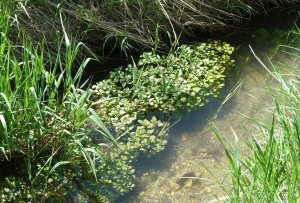
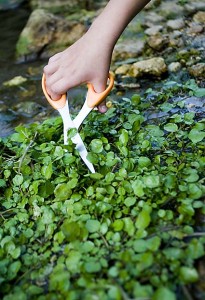
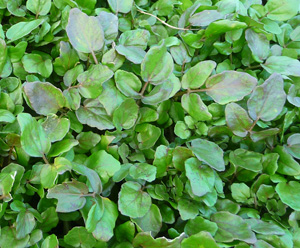
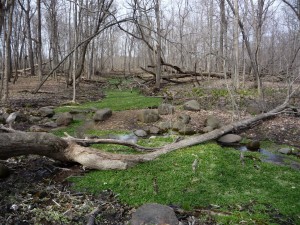
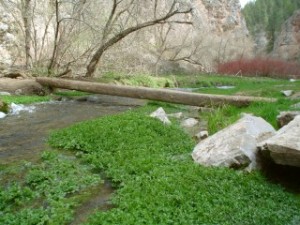
Leave a Reply